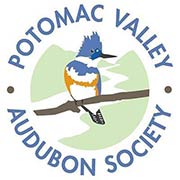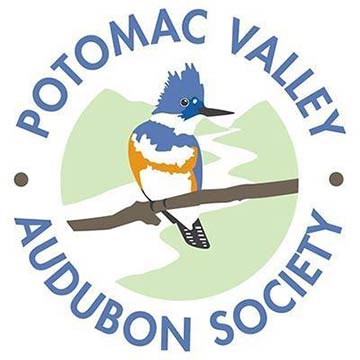View Antietam National Battle Field, Washington, Co., MD in a larger map
Antietam National Battlefield (SP, S, F, W)
General Description. Antietam National Battlefield, in Washington County, Maryland, encompasses over 3,250 acres of farmland, pastures, woodlots, and limestone forests. The Park Service management plan includes replanting historic woodlots and orchards, re-establishing historic fence lines, lands and trails, and maintaining the integrity of historic farmsteads. Some of the land is currently used to pasture cattle. Some large open fields provide habitat for grassland birds and there are some areas of fencerows and shrubs. Antietam Creek flows through the park. There is an 8-½ mile driving tour as well as several walking trails.
Planning Your Visit. Get details and park maps at the National Park Service website at http://www.nps.gov/ancm/index.htm
Fees for visiting the park are collected at the Visitor Center.
For birding, the driving route provides nice overlooks and yields field birds. Walk the Final Attack Trail to find more field birds and explore the shrubby areas. The Snavely Ford Trail is good for finding forest birds and birds that live along Antietam Creek.
 Seasonal Variations in Birding. In spring and summer, Field, Grasshopper, Chipping, and Vesper Sparrows sing from fence posts and trees in the grassy fields. Eastern Meadowlark and Indigo Bunting sing from trees along the wood margins. Eastern Bluebird and Tree Swallow nest in the boxes placed along the field edges. Chimney Swift, Barn Swallow and Purple Martin hunt over the fields. Brown Thrasher, Prairie Warbler, and Yellow-breasted Chat sing from trees and shrubs in the fields. Northern Parula, Scarlet Tanager, Baltimore Oriole, Ovenbird, other warblers, and flycatchers inhabit the woods and creek–side areas. Green and Great Blue Herons hunt along Antietam Creek, and Cliff Swallows nest under the Burnside Bridge.
Seasonal Variations in Birding. In spring and summer, Field, Grasshopper, Chipping, and Vesper Sparrows sing from fence posts and trees in the grassy fields. Eastern Meadowlark and Indigo Bunting sing from trees along the wood margins. Eastern Bluebird and Tree Swallow nest in the boxes placed along the field edges. Chimney Swift, Barn Swallow and Purple Martin hunt over the fields. Brown Thrasher, Prairie Warbler, and Yellow-breasted Chat sing from trees and shrubs in the fields. Northern Parula, Scarlet Tanager, Baltimore Oriole, Ovenbird, other warblers, and flycatchers inhabit the woods and creek–side areas. Green and Great Blue Herons hunt along Antietam Creek, and Cliff Swallows nest under the Burnside Bridge.
In fall and winter, Dark-eyed Junco, White-crowned, and White-throated Sparrows appear in the grassy areas. American Pipit and Horned Lark may be seen in the low grass and muddy fields. Winter Wrens are seen along the creek edge. Yellow-bellied Sapsuckers arrive from the north to join the resident Pileated, Red-bellied, Hairy, and Downy Woodpeckers.
Other year-round bird species include Black and Turkey Vultures, Bald Eagle, Red-tailed Hawk, Wild Turkey, Barred Owl, Belted Kingfisher, American Crow, Common Raven, Carolina Chickadee, and White-breasted Nuthatch.
Directions. The Visitor Center is located at 5831 Dunker Church Road, off Route 65 near Sharpsburg, Maryland.
Key:
Sp- Areas to see spring migrating bird species
S- Migrating birds breeding areas in early summer
F- Late June-September, south bound shorebirds and other migrating birds may visit these areas
W- Areas to view birds in late October and throughout winter
Birding
- Bird Walks
- Birding 101
- Birdathon
- Birding Community Science2
- Birding Trail17
- Appalachian Trail
- Antietam National Battlefield
- Cacapon State Park
- Cool Spring Preserve
- C&O Canal National Historical Park
- Eidolon Nature Preserve
- Flowing Springs Park
- Harper’s Ferry National Park
- Indian Springs Wildlife Management Area
- Posey Hollow Area
- Shannondale Springs Wildlife Management Area
- Shenandoah River
- Sideling Hill Wildlife Management Area
- Sleepy Creek Wildlife Management Area
- South Mountain Parks Area
- Stauffer’s Marsh Nature Preserve
- Yankauer Nature Preserve
- Birding Resources

